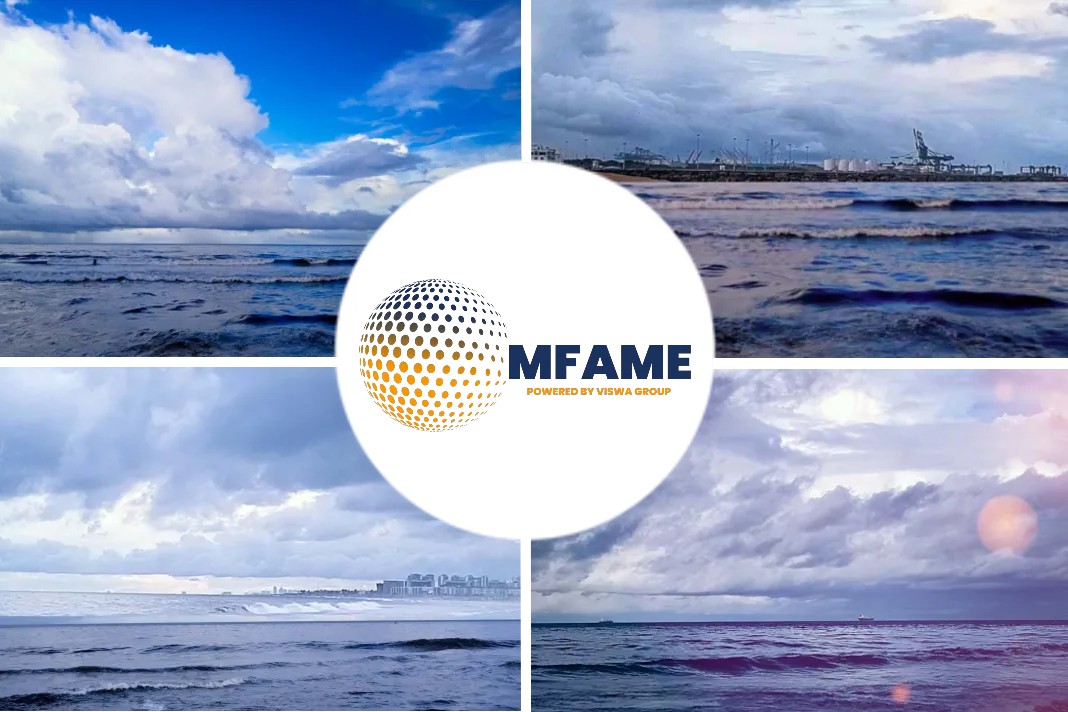 The Suez Canal logjam since the week starting March 21, caused by the Ever Given cargo vessel, could potentially increase bunker fuel demand in Singapore as more ships will likely divert around the Cape of Good Hope, making the city-port a feasible refueling destination, given the longer journey, reports S&P Global.
The Suez Canal logjam since the week starting March 21, caused by the Ever Given cargo vessel, could potentially increase bunker fuel demand in Singapore as more ships will likely divert around the Cape of Good Hope, making the city-port a feasible refueling destination, given the longer journey, reports S&P Global.
The blockage is no more
The Ever Given, an about 20,000 twenty-foot equivalent units container ship chartered by Taiwan’s Evergreen Marine, ran aground in the Suez Canal at about 0740 hours local time (0540 GMT) March 23, triggering a major scare in the global commodity markets by blocking a critical transit chokepoint.
Over the coming days and weeks, more vessels are expected to have to decide if they will cross through the Suez Canal or via the Cape of Good Hope, the Signal Group said March 26.
In its statement on March 29, the Suez Canal Authority said that the Ever Given has been successfully refloated.
Even as the news of the stranded ship starting to refloat trickles in, market participants said clearing the traffic jam and backlog will take time, with the near-term impact likely to only go away early next month.
“If the situation persists, and vessels coming from North Asia decide to take the Cape route then they’ll probably top-up in Singapore,” said a bunker supplier.
Another source echoed a similar sentiment.
“It’s likely that vessels that have been stuck and delayed have in the process had to burn additional bunker will look to top up more when they arrive [in Singapore],” he said.
Rerouting vessels
For reference, a vessel currently crossing the Indian Ocean would take about 14 days to reach Malta via the Suez versus 33 days via the Cape of Good Hope.
Some shipping companies have already decided to reroute their vessels as they are left with little choice.
The Mediterranean Shipping Company, or MSC, in its customer advisory update on March 26 said that this blockage incident is expected to have “a very significant impact on the movement of containerized goods, disrupting supply chains beyond the existing challenges posed by the COVID-19 pandemic.”
“We have started to redirect some vessels in order to keep cargo flowing by other routes,” it said although it did not specify if it would be bunkering in Singapore due to this situation.
But major container carriers’ services are not the only ones that have been affected.
There are currently around 30 tankers above 25,000 dwt waiting to cross the Suez Canal, the Signal Group said in a statement.
“We expect most vessels in ballast will decide to wait until the situation clarifies, the global shipping services group added.
Most large crude tankers have historically taken the route around the Cape when undertaking long East to West or West to East voyages, while mid-sized tankers — Suezmax, Aframax — are more likely to be affected, maybe more so on the carriage of refined products, it said.
Ripple effects
Traders tracking the development highlighted the cascading effect of the accident, because now there will be crowding at the load and discharge ports resulting in additional bunker consumption.
Ships that were to move, load and unload last week, will do so now and those which were scheduled for this week will also be in a ready state. This leads to congestion and additional use of bunkers, one of the shipping sources said.
Ships, which have dropped anchor and waiting in Port Said, Sidi Kerir and the Great Bitter Lake still have to consume between 2-4 mt bunkers daily, which add to their operational costs.
Some of the ships, particularly the containers, did not wait for the traffic to be cleared in the Suez Canal and instead opted to go via the Cape of Good Hope to Europe. Such longer voyages will also result in additional consumption of bunkers.
But the impact on the bunker industry is two-fold, and not restricted to consumption alone as cargoes are also delayed.
Rise in bunker prices
Some of the fuel-oil laden ships were delayed due to the Suez Canal accident. According to shipping sources, they included Yanbu-bound, the Minerva Zenobia, Singapore-bound the Almi Odyssey and Ain-Sukhna-bound the Emerald, carrying a cargo each of ATC, Maersk Oil and Trafigura, respectively.
As the bunker prices rose sharply in February, Suezmaxes and Aframaxes prefer to go via Suez Canal for America-bound voyages to cut down on travel duration and fuel consumption, a dirty tankers’ broker said.
Meanwhile, bunker prices rose above the key psychological mark of $500/mt few weeks ago in major Asian ports, before registering a small correction. These ships are now delayed by nearly a week.
Singapore is ready to embrace strong bunker demand in the next 2-3 weeks as some ships have already rerouted, an industry consultant said.
Bunker fuel price rises will likely, however, be capped in Singapore due to ample residual fuel inventories, he said.
Singapore delivered ex-wharf Marine Fuel 0.5% sulfur price was assessed at $480/mt on March 26, unchanged from March 23, around the time the incident was reported, S&P Global Platts data showed.
Did you subscribe to our daily newsletter?
It’s Free! Click here to Subscribe!
Source: S&P Global














